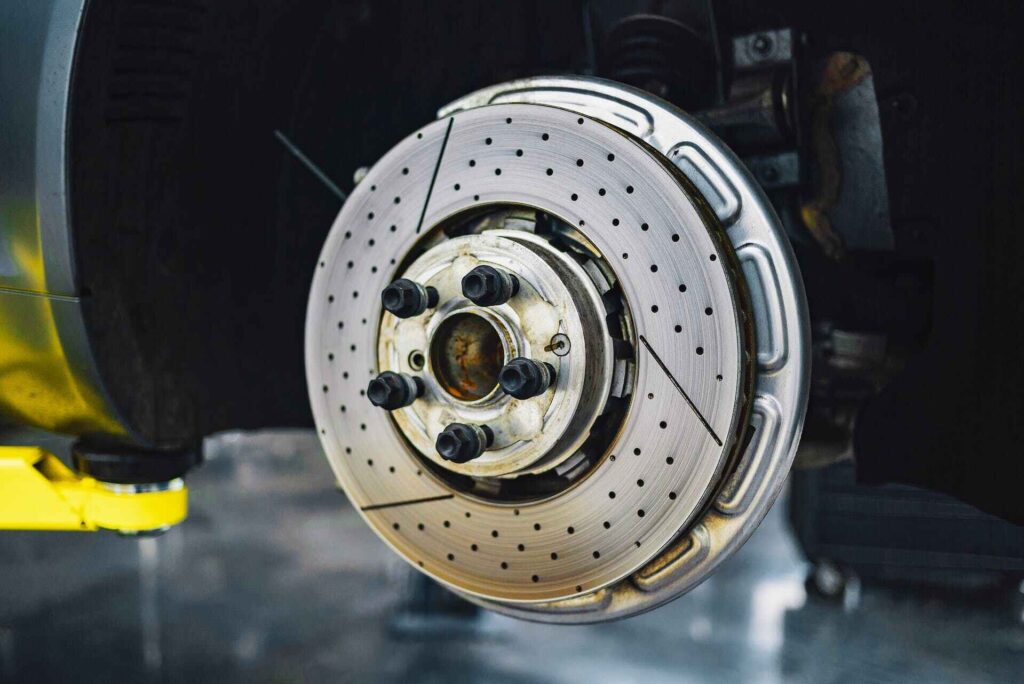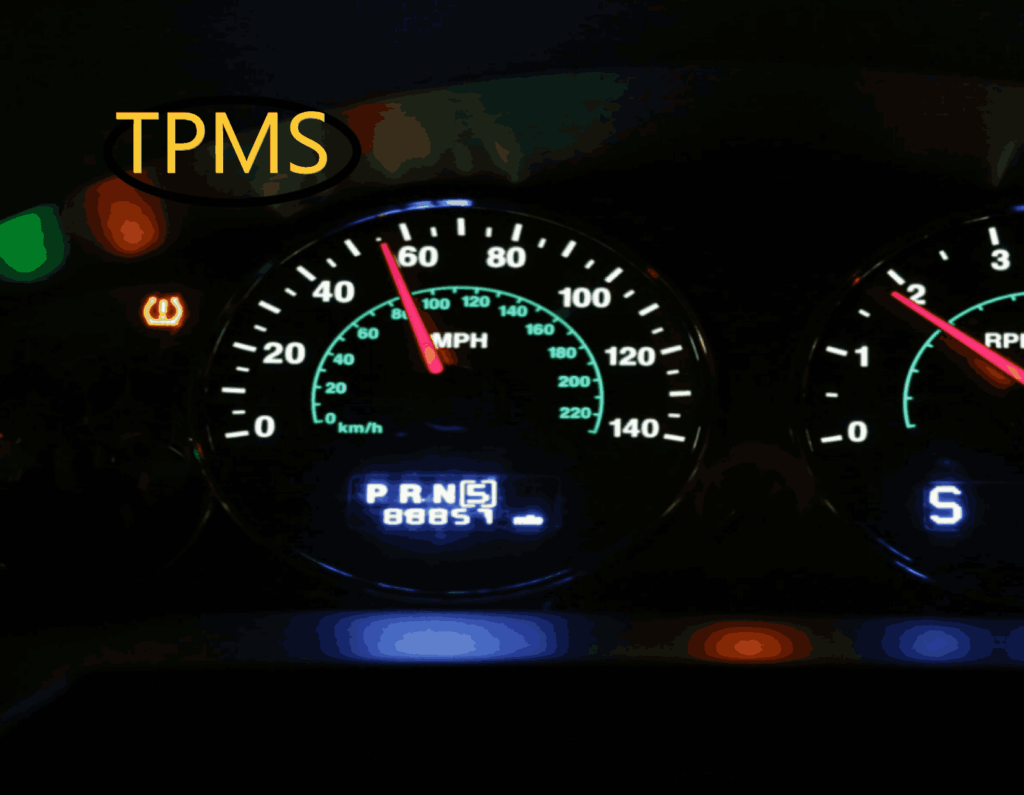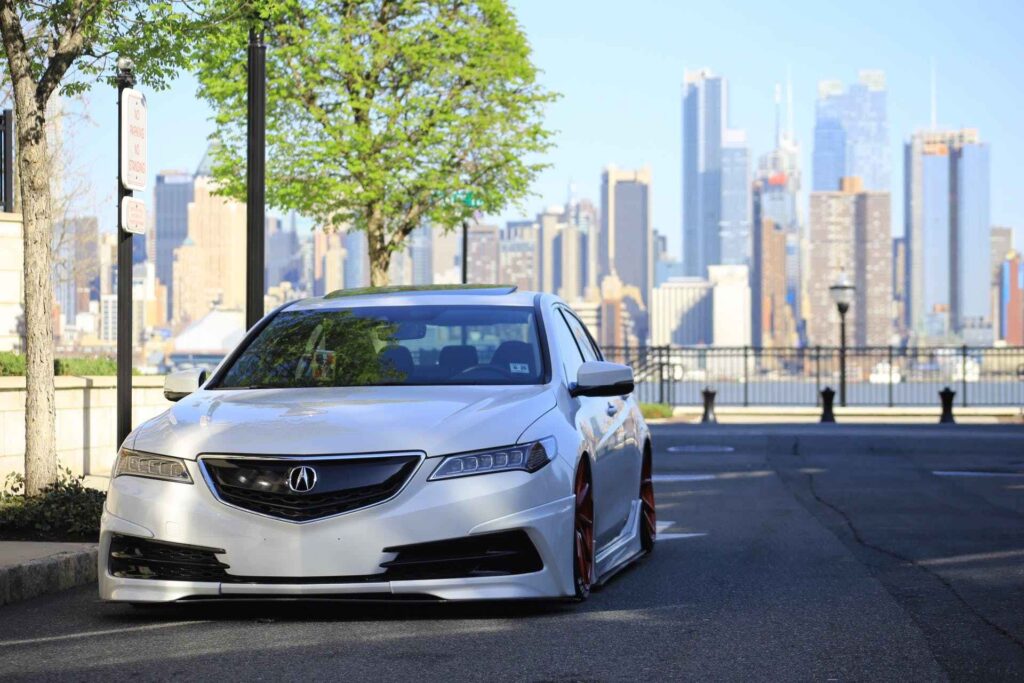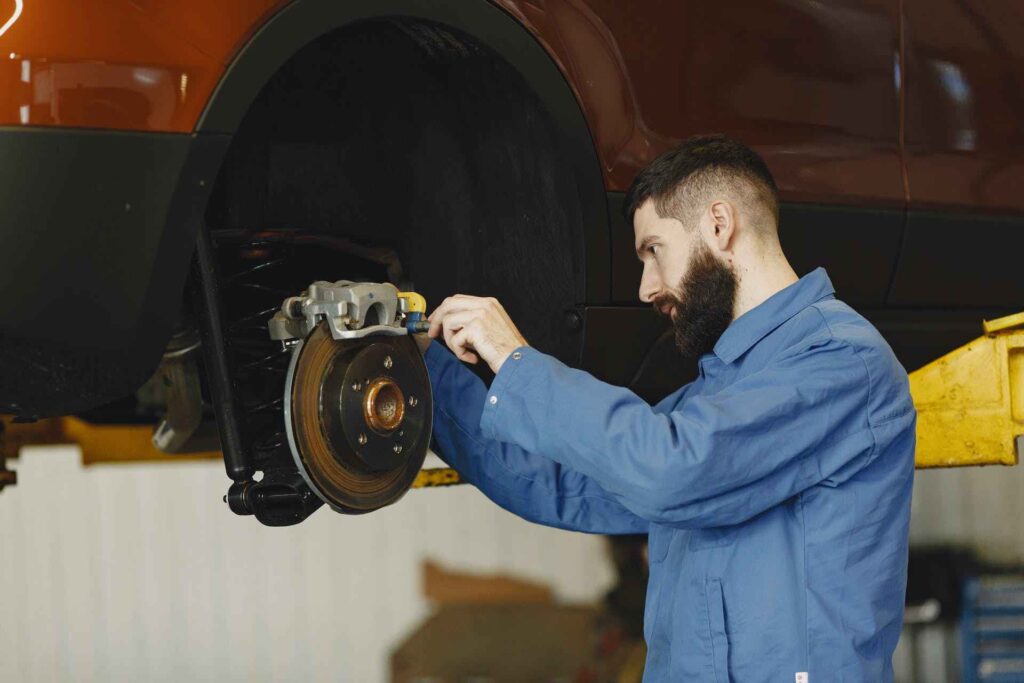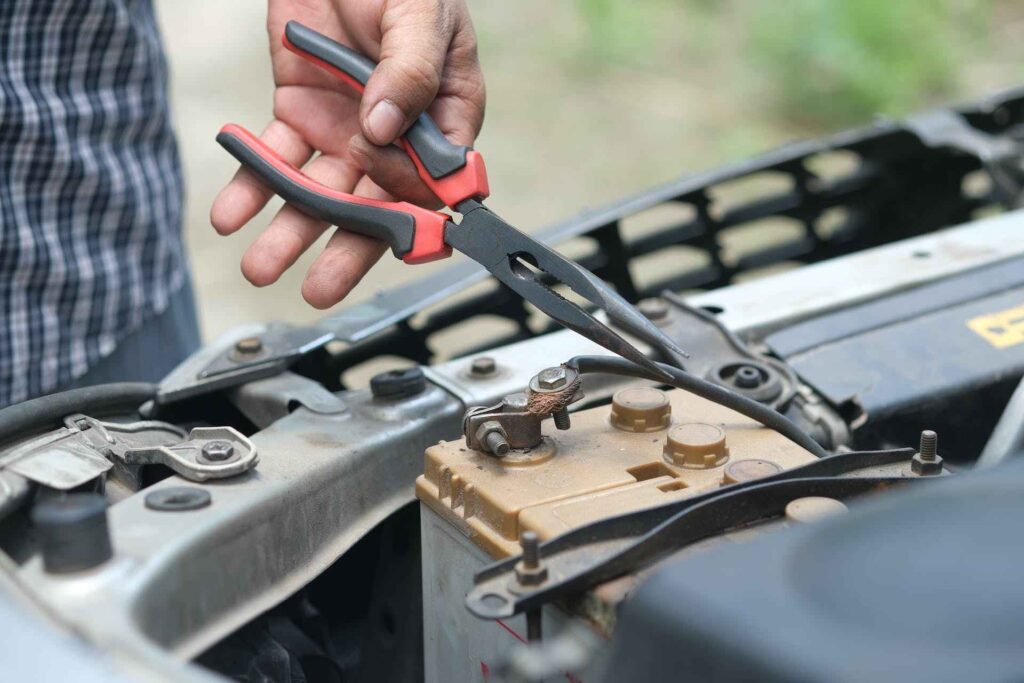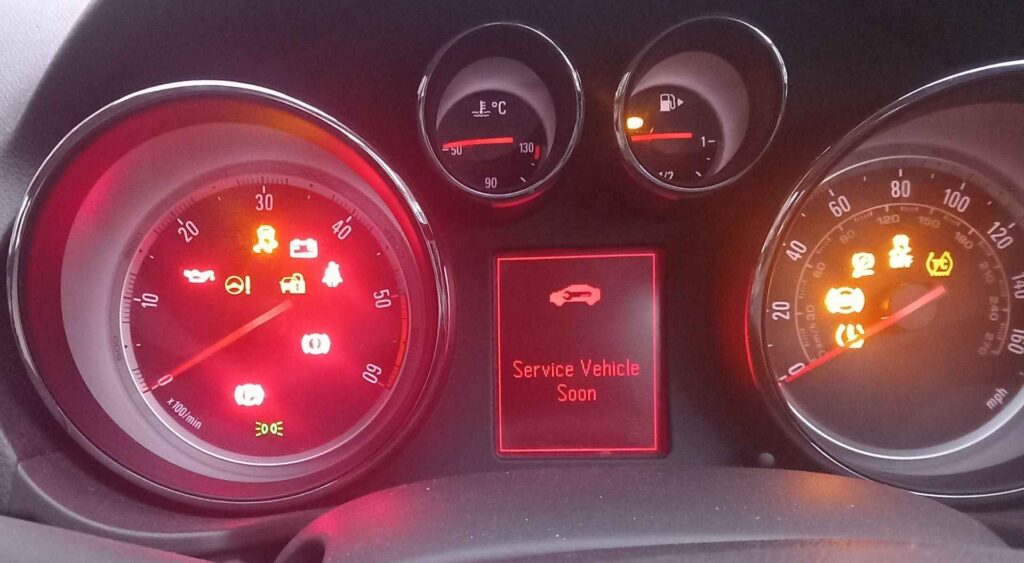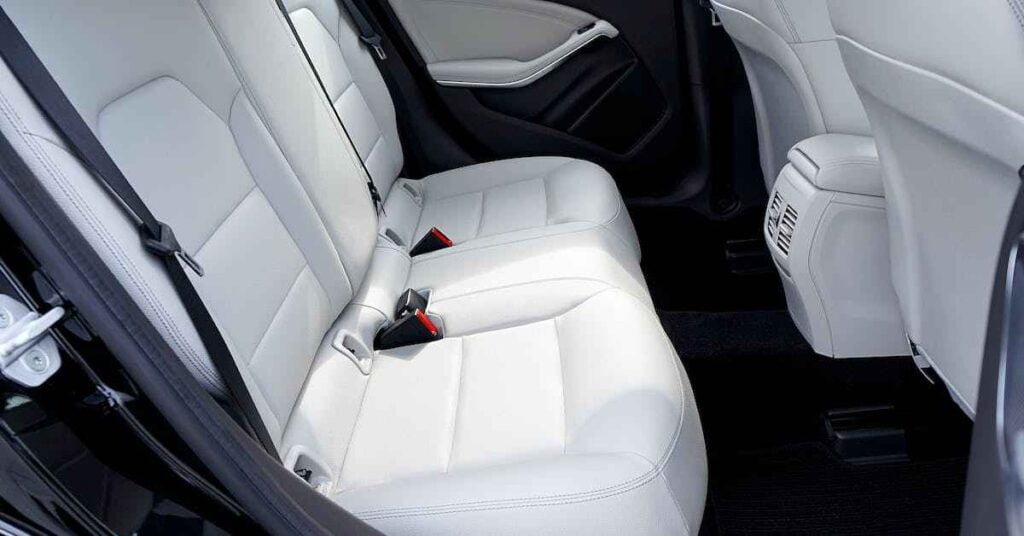It’s impossible to rule out breakdown and replacement of car brake pads. To ensure the safety of the driver and other road users, brakes need to be regularly inspected and maintained. In this article, I will run you through when brake pad replacement is due, and signs of a worn brake pad to watch out for.
- How Often Should You Replace Your Brake Pads?
- Signs When Brake Pad Replacement is Due
- What to do if you Experience Brake Pad failure while Driving
- 1. Remain Calm, do not panic, and do not turn off your car engine:
- 2. Put on your Hazard lights and Take off your foot from the gas:
- 3. Move over to the Emergency Lane or hard shoulder:
- 4. Switch to a Lower Gear and turn off the Cruise Control system (If applicable):
- 5. Carefully apply emergency brake:
- 6. Use the Guard Rails to Halt:
- 7. Engage a Professional to Inspect and Fix the Brake:
- FAQs
- Conclusion
If you wish to replace the brake pads yourself, then follow our DIY step-by-step guide to replace a car brake pad.
How Often Should You Replace Your Brake Pads?
On Average, the brake pads and brake disc should be checked every 10,000 miles interval to make sure they are functioning properly. Brake pads need to be replaced after 30,000 to 50,000 mileages, and the disc brake replaced after every 30,000 to 60,000 miles. The frequency of change however depends on other factors such as
- -The quality of the part
- -Driving condition (urban or rural driving),
- -Driving habits
- -General condition of the braking system including the brake caliper and rotor.
A new pad is about 10 -12 mm thick. At 3 millimetres thickness, the pads are already worn out and should be replaced immediately.
Signs When Brake Pad Replacement is Due
Listed below are signs that a vehicle’s brake pad is worn and it’s time to replace it.
1. The brake light indicator flashes on your dashboard:
The appearance of a brake light on your dashboard could be a serious warning of a problem or potential problem with your vehicle’s braking system, hence requiring car maintenance.
It could also mean that your parking brake is in enabled mode. You can release the parking brake to see if the light goes off. if not, it’s time to replace the pads.
2. Squeaking Noises of Worn Brake Pads:
You will notice a squealing (Squeaking) noise when you drive with worn-out brake pads. Squealing noise results from friction when the metal parts of your brake pad come in contact with the rotor.
While this might not be a critical problem, however, it should be fixed as soon as possible to prevent further damage to the rotor.
3. Grinding Noise from your tyres:
Have you ever noticed some grinding noise when applying your brakes? This could be a major indicator of brake pad wear scraping on metal surfaces.
4. Leaking Brake Fluid:

A leaking brake fluid could result from a Pinched Brake Hose. The Brake Hose transmits brake oil to the braking systems via the master cylinder. The fluid helps to create and maintain hydraulic pressure against the calliper whenever you step on the brake pedal.
A leaking brake oil means a compromised braking system which implies your vehicle won’t be able to stop safely when needed. You can manually identify this fault by regularly checking your brake fluid level to see if it drops constantly.
Also, you can have a look at the underneath of your car or on your car parking lot for traces of oil stains – engine oil, brake fluid, transmission oil, etc. Warning: Traces of oil stains underneath your car or on your parking lot could be an indicator of many other problems such as your engine, gearbox, steering, etc.
5. Steering Wheel Vibration When Braking:
Have you recently experienced steering wheel vibration when you apply your break? A steering vibration when applying a brake could be an indication of a faulty braking system. This could have resulted from the uneven thickness of your brake rotor, caused by the wear down of the system.
The uneven thickness of your brake rotor results in braking friction which culminates overtime into the vibration of your car steering when you apply brake.
This problem can be easily fixed by servicing the rotor to smooth it out. But if the extent of the worn out is much, your mechanic might suggest a replacement.
6. Soft or Spongy Brakes:
You naturally want to experience some resistance on your foot when you apply the brake pedal. If you notice anything short of this when driving, you should immediately pull over at the nearest safest point and call for professional assistance to check your brake pads.
Soft brakes could be a result of moisture in the braking system or a faulty Master Cylinder.
7. Vehicle Veering to One Side when Braking:
Your vehicle could veer to one side of the road when applying brake because of a faulty wheel cylinder or sticking (stuck) calliper. When a vehicle suffers a stuck calliper, the calliper is unable to release the clamping force on the rotor.
As a driver, you could also notice a drag of the wheel in addition to the car pulling towards one side. This could also mean that one of your car’s front brakes is working while the other is faulty.
A sticking calliper or a brake that is dragging on can be noticed sometimes by a burning smell when you drive along.
8. Burning Rubber Smells:
While a burning smell may not be a critical issue, most times, it could be a sign that something needs your attention in some cases.
A burning rubber smell could be from the resin coating of your newly replaced brake pad, which shouldn’t be a cause for alarm if you recently replaced your brake pad, except if you noticed your new brakes are not performing as expected.
Most times, the smell could be because you left your emergency/parking/hand brake on while driving. The burning rubber smell could also be because of overheating brakes.
To avoid total brake failure, pull over at a safe location for a few minutes/hours to allow it to cool before continuing the journey. If the smell persists, then drive straight to the nearest service station to have your car examined.
What to do if you Experience Brake Pad failure while Driving
If you experience any problem with your braking system when driving, the best measure is to pull over safely first and examine the situation before proceeding on your journey. Pulling over could also mean allowing the brake to cool down from excessive overheating which could lead to its deterioration.
However, if you are unable to pull over conveniently due to a brake failure, the below measures will be of help
1. Remain Calm, do not panic, and do not turn off your car engine:
When faced with this challenge, having a clear head could be all you require to safely get your vehicle off the road.
Turning off your car engine could lock your steering system making it more difficult to control the situation.
2. Put on your Hazard lights and Take off your foot from the gas:
Your emergency light should be switched on to inform other road users about the impending danger.
3. Move over to the Emergency Lane or hard shoulder:
As soon as possible, move to the emergency lane or hard shoulder and continue in the lane till you can stop the vehicle.
While driving on the emergency lane, be aware of any obstruction (breakdown vehicle) ahead of you and manoeuvre on time to avoid collision.
4. Switch to a Lower Gear and turn off the Cruise Control system (If applicable):
This will help to reduce your speed so you can have better control of the vehicle.
5. Carefully apply emergency brake:
The emergency brake (also called the parking or hand brake) would help to further cut down your vehicle speed and bring it to a halt after a while, although longer than it would have taken the traditional main brake.
6. Use the Guard Rails to Halt:
You can scrape your vehicle’s side with the guard rail to bring your vehicle to a halt. Be careful with this so as not to cause any injury to yourself or the passengers in the car.
7. Engage a Professional to Inspect and Fix the Brake:
Even if it appears the brakes are beginning to operate normally again, you still need to get a professional to examine the extent of the damage and fix them before driving the vehicle.
Get your car towed to your mechanic’s garage/dealer to have necessary brake repair or replacements carried out. You may also contact your insurance company or policy to see any assistance they could render.
FAQs
How long do brake pads last?
The lifecycle of a car brake pad and shoes is largely determined by usage. Brake pads may cover up to 80,000 miles if you often drive in a less demanding location on the highways and areas with less traffic. In a busy urban area, your brake pad may cover just about 40,000 miles due to more frequent braking.
How often should brake pads be replaced?
To keep wear to a minimum level, it is recommended to change brake pads at least once in 2 years or every 20,000 miles
How much are Brake Pads
The cost of brake pads varies, but you can get Bosch Brake pads as well as other manufacturers for less than $50
Conclusion
If you’ve noticed any of the above signs of worn pads, it’s time to change it immediately, Note that driving with worn pads could pose a danger to you, your loved ones, and other road users; hence you’ll want to replace them when due. Periodic vehicle inspection and maintenance would help to keep your vehicle in good shape.
Kindly visit our BLOG ARCHIVE to see more related articles.

